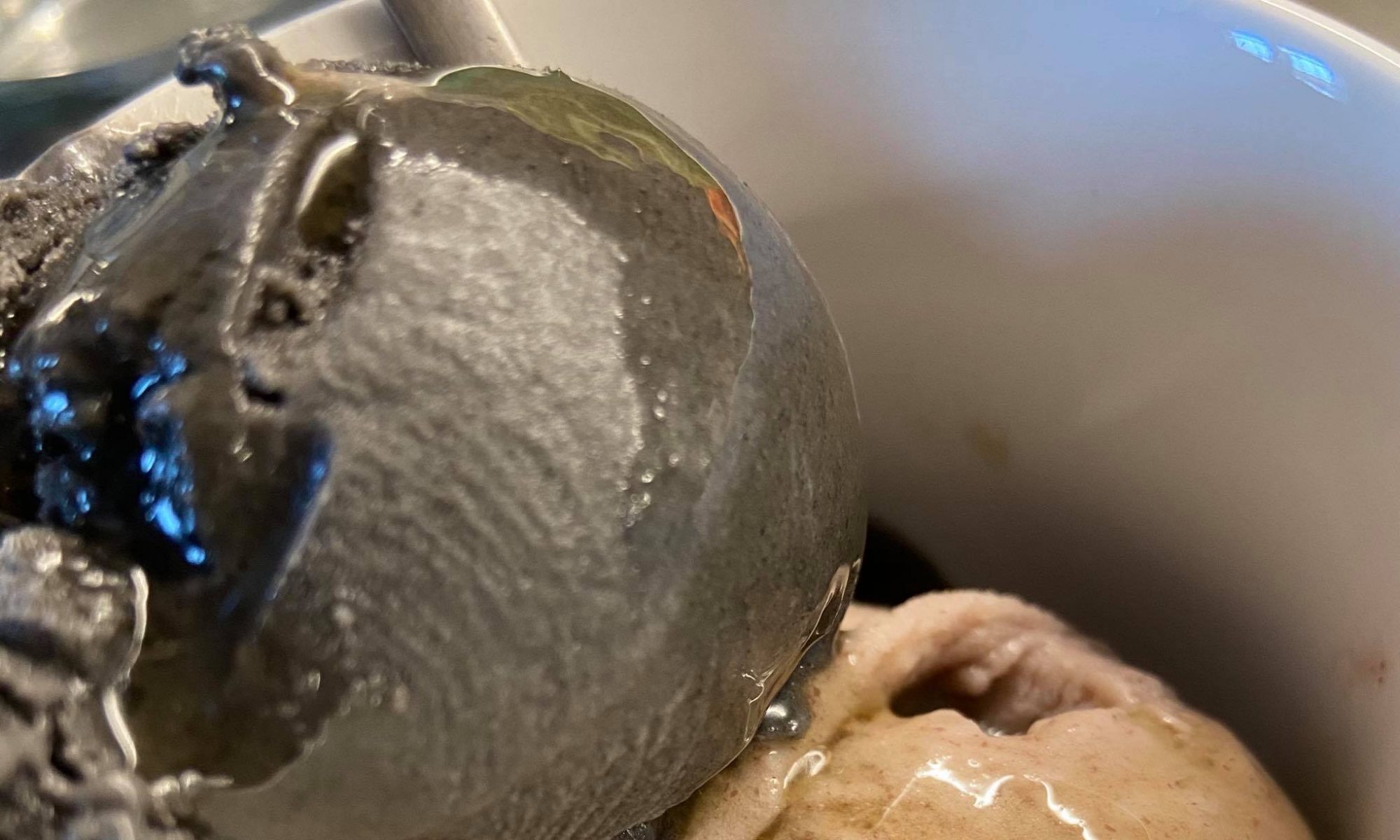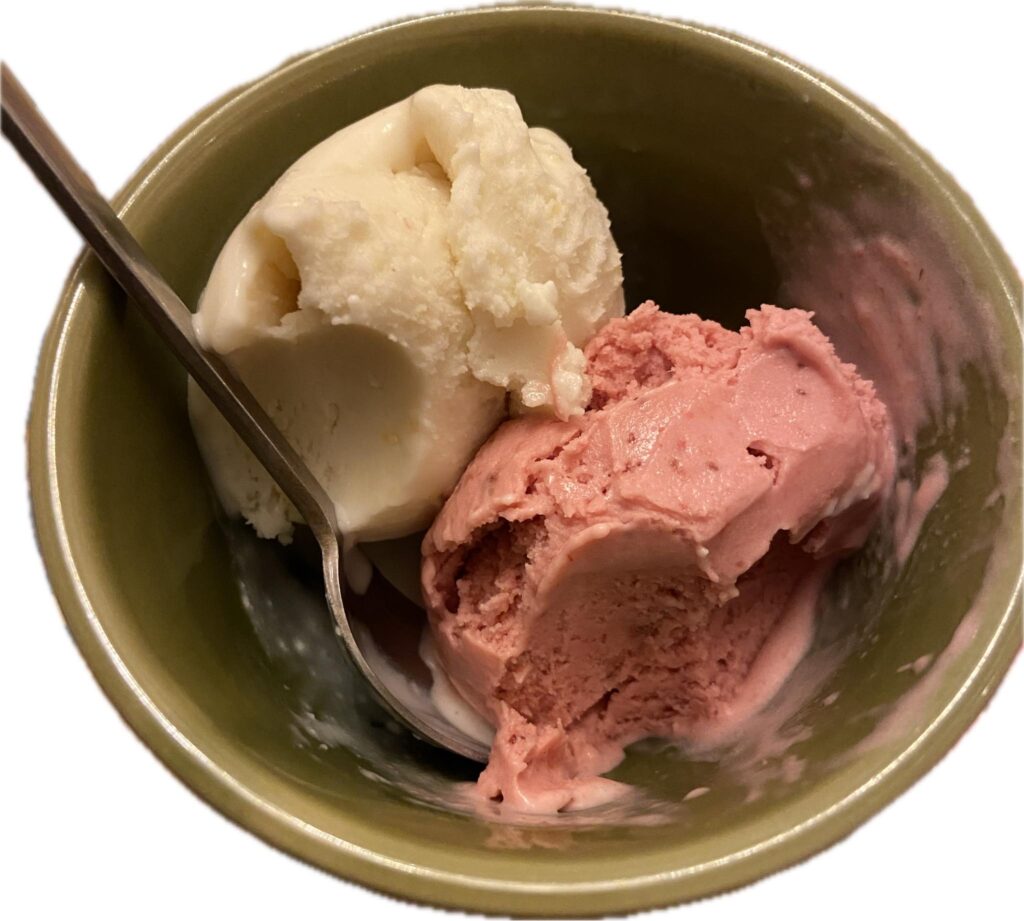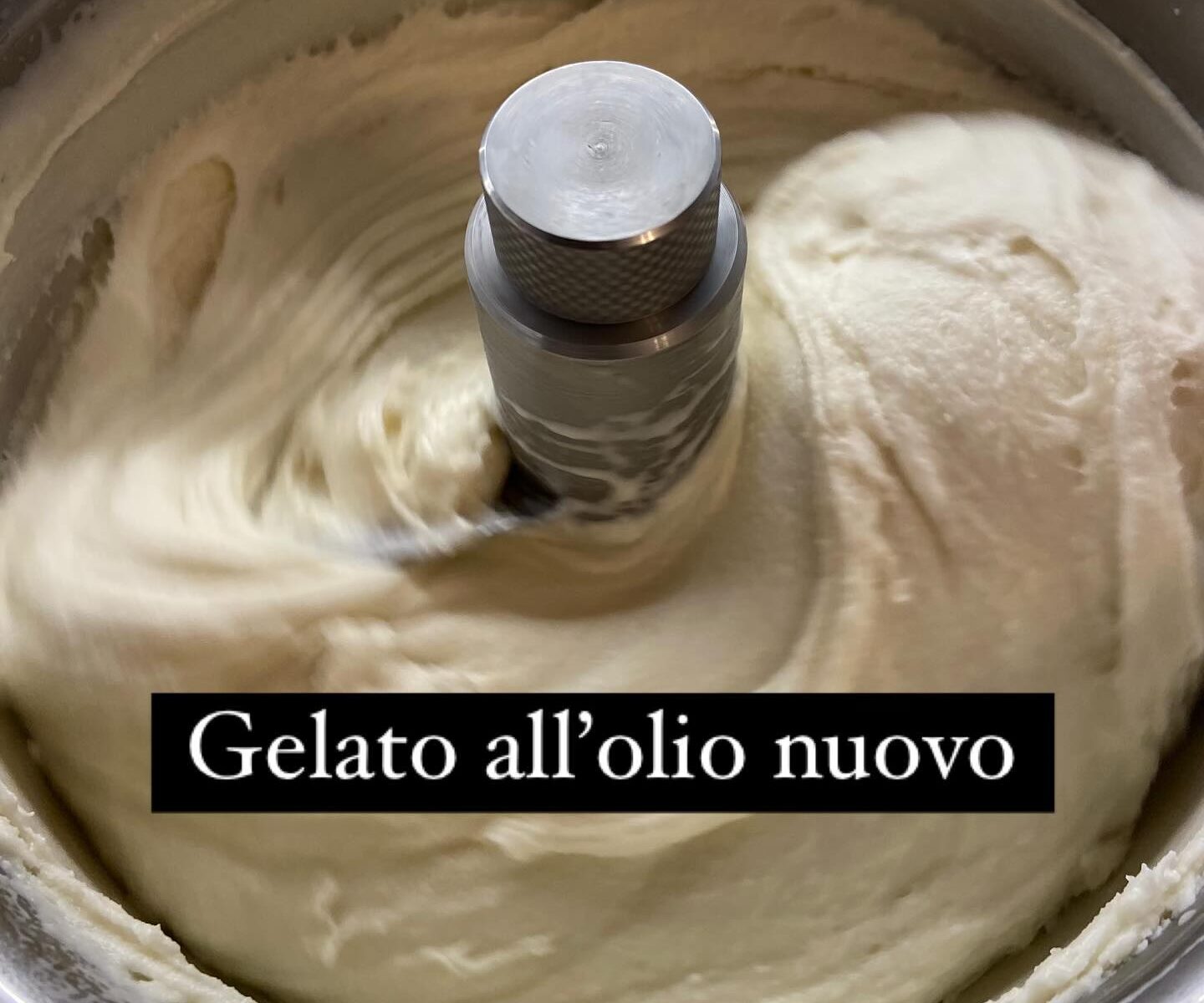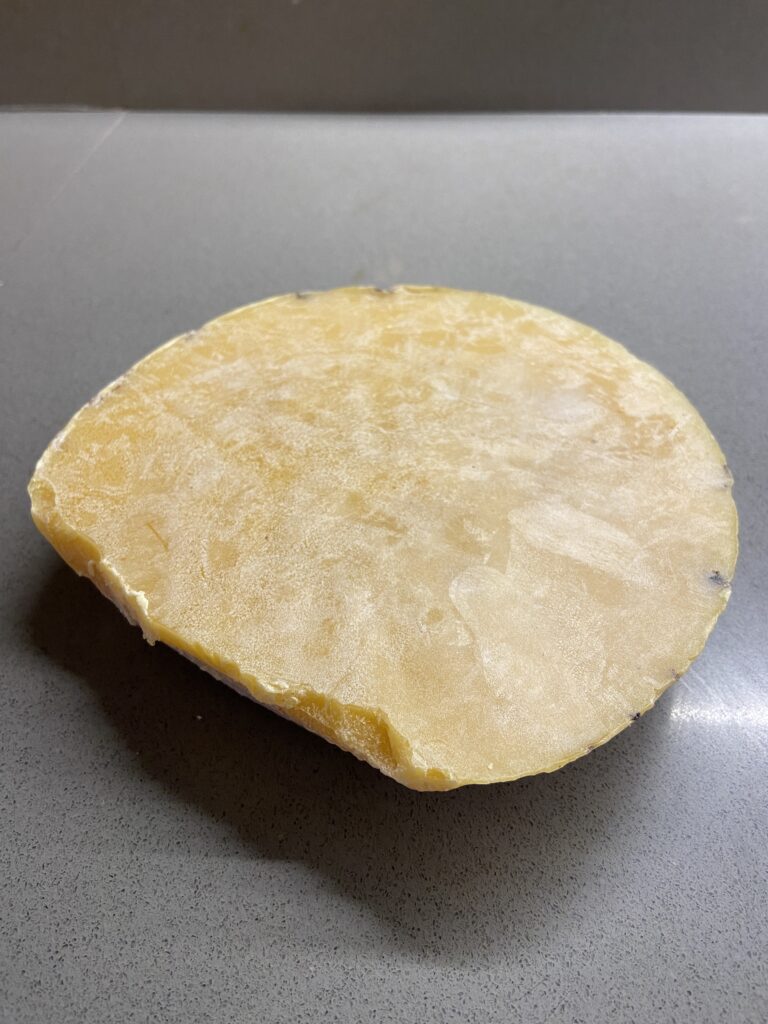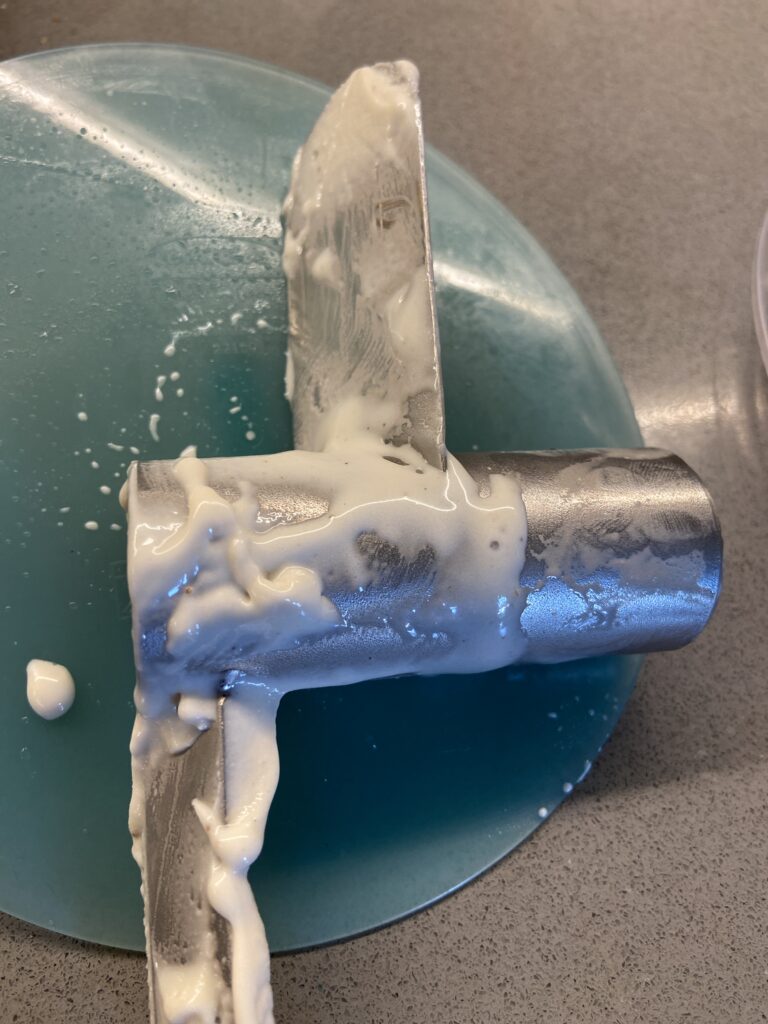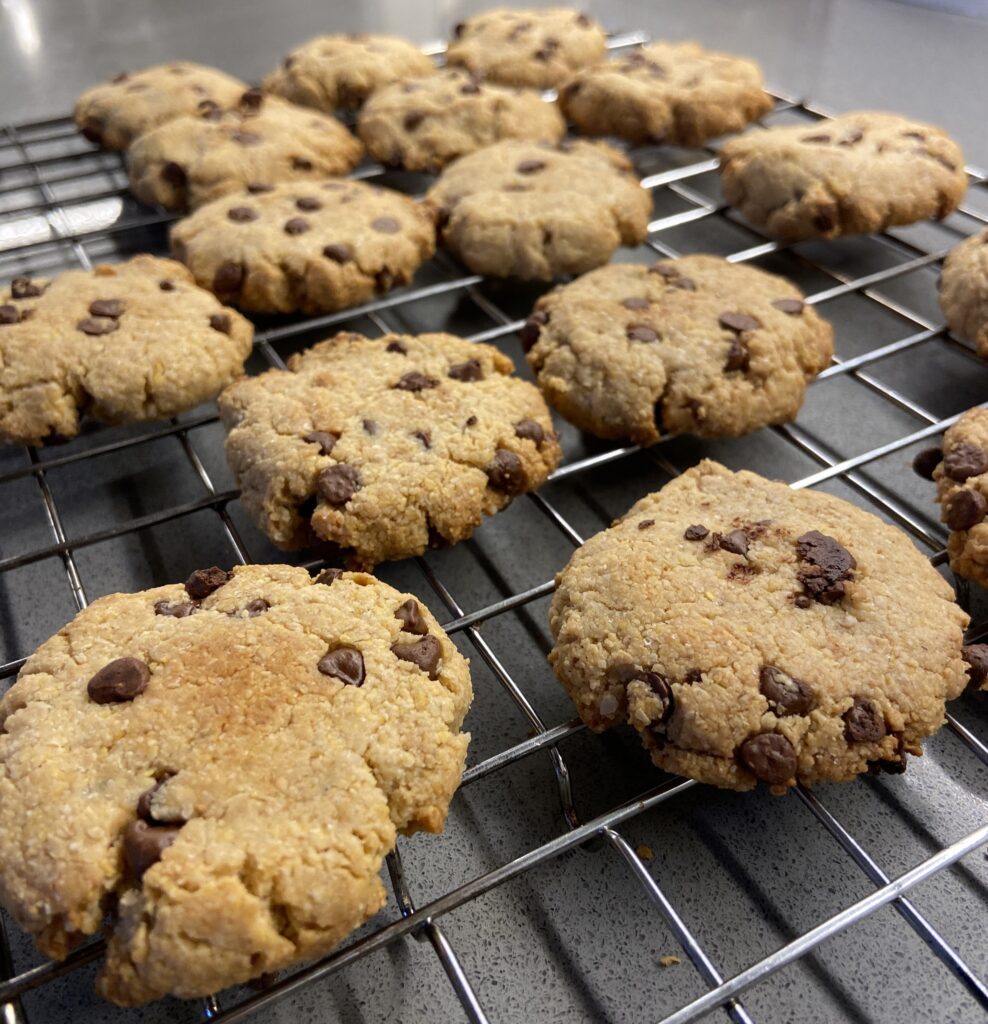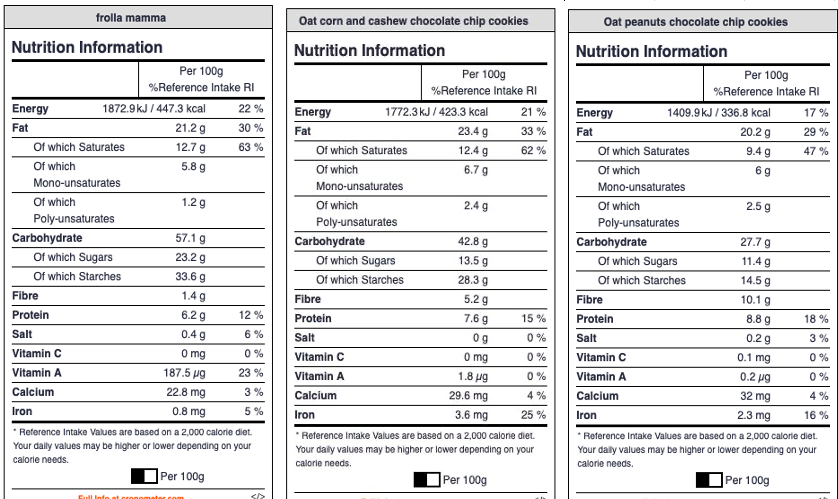Il corso nasce dalla mia conoscenza della materia chimica combinata alla passione per la cucina e si prefigge di stimolare la creatività in cucina attraverso una maggiore comprensione e un approccio sistematico alla materia culinaria.
È nato quando ho adottato una dieta a base vegetale e mi sono trovata a rivoluzionare il mio approccio, fino ad allora basato in gran parte su derivati animali.
Capire che olio scegliere per friggere, perché far riposare l’arrosto (o il seitan!), che amido scegliere per preparazioni diverse, perché è possibile spegnere il fuoco dopo aver buttato la pasta ![]() , che ruolo hanno pomodori e funghi secchi in una preparazione, perché il pane diventa duro… Le risposte le troviamo nella conoscenza degli ingredienti.
, che ruolo hanno pomodori e funghi secchi in una preparazione, perché il pane diventa duro… Le risposte le troviamo nella conoscenza degli ingredienti.
Si parte da basi teoriche per addentrarsi via via nell’aspetto applicativo, fornendo conoscenze utili non solo a chi vuole occuparsi di cucina “senza”, ma a chiunque abbia interesse a capire meglio cosa succede nel tegame.
Il corso è online (piattaforma Zoom) ma non è pre-registrato. Io credo fortemente nell’interazione diretta, che apre allo scambio, alla discussione, al mutuo arricchirsi tramite domande e dubbi.
Tre lezioni teoriche di circa tre ore l’una:
– La struttura chimico-fisica dei macro-alimenti e delle fibre: non solo l’aspetto nutrizionale di proteine, grassi o carboidrati ma la loro struttura e, di conseguenza, le loro proprietà. Gli amino acidi, gli acidi grassi, gli zuccheri hanno strutture completamente diverse e dalla loro diversità derivano le proprietà delle molecole complesse che costituiscono il nostro cibo.
– Il comportamento dei macro-alimenti in campo alimentare e le loro proprietà organolettiche, caratteristiche la cui conoscenza ci permette di trasformare – per esempio – una maionese o una pasta frolla tradizionale nei loro equivalenti a base vegetale; la conoscenza più approfondita della struttura degli alimenti ci permette di capire come sostituire il burro in una preparazione vegetale, quale amido è più indicato per addensare una crema, e molto altro. Si comprenderà per esempio l’effetto dell’acido nella preparazione delle meringhe, come mantenere vivo il colore di un’erba aromatica, perché il bicarbonato è più utile dello zucchero nella preparazione della salsa del pomodoro, l’uso delle fibre oltre la nutrizione.
– Nell’ultima parte del corso si analizzano esempi concreti e pratici di preparazioni culinarie, oltre a come sostituire gli ingredienti di origine animale con ingredienti a base vegetale, mantenendo le caratteristiche organolettiche cui una tradizione culinaria a base di carne, uova e latticini ci ha abituato. Si comprende come può nascere un impasto senza glutine e come, invece, utilizzarlo per sostituire la carne. Vedremo inoltre come e perché preparare a casa alcuni ingredienti base della cucina a base vegetale.
Infine, i quattro gusti fondamentali ci permettono di creare piatti appetitosi ma la conoscenza del “quinto gusto”, la sapidità o umami, non è facilmente replicabile in preparazioni vegetali. La scomposizione di questo sapore nei suoi elementi fondamentali ci permette di “ricostruirlo” e quindi di replicare, anche se non completamente, questo componente organolettico fondamentale.
Parleremo anche di oleogustus, e del suo importante ruolo evolutivo.
Il corso è di ovvio interesse per chi sta meditando una transizione ad una dieta a base vegetale, ma ogni cuoco sarà stimolato nella propria creatività a soddisfare qualunque esigenza.
Le spiegazioni sono tecniche e dettagliate ma non richiedono una conoscenza precedente della scienza chimica, per permettere a tutti di fruire del corso (e potete interrompermi in ogni momento se qualcosa non è chiaro!).
Contattatemi per le prossime date!
Costo: 150 Eur pagabile tramite bonifico per le date fisse. È possibile organizzare il corso in orari diversi ad un costo leggermente superiore (180 Eur)
Per iscrizioni e maggiori informazioni, contattatemi per email (thecraftsycat@gmail.com)
